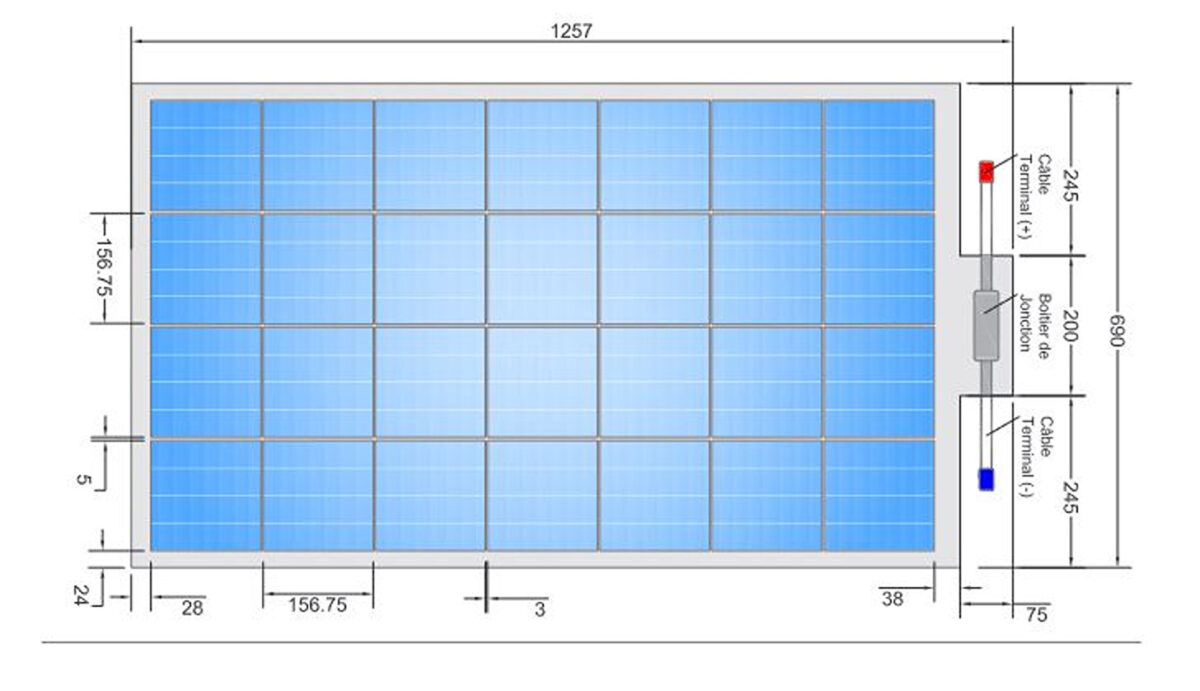Solar experts are divided on the long-term viability of solar roadways, even though they are popular on social media. Some argue that they are little more than mere gimmicks that actually harm the image of solar as a scalable, affordable and mainstream source of energy. However, others believe that if the busy arteries of cities can begin “paying their way” with PV, the technology could reduce CO2 emissions and support the uptake of electric vehicles.
In line with the second approach, French startup Colas and France's National Solar Energy Institute (INES) – a division of the French Alternative Energies and Atomic Energy Commission (CEA) – jointly built the world's first PV bike road in Normandy, France, in 2016.
After more than seven years of development, solar roads have failed to reach commercial feasibility and remain at the pilot project level. But Colas and CEA-INES now claim that a new development could change things.
“The latest version of the Wattway pavement has just been certified to current IEC standards in the photovoltaic sector, like any standard solar panel – an exciting result and a world first for a circulable module,” they said in a recent joint press release.
Popular content
Colas said its solar modules are now two times bigger than the ones it used in 2016. They now feature an unspecified type of resin on the front side. After a series of tests, Colas secured the IEC 61215 and IEC 61730 certifications for the panels.
“The results of the IEC 61215 and 61730 tests were unreservedly compliant, both in terms of performance stability and module safety,” the company said. “The electrical insulation resistances assessed at the end of each test branch remained well above the required level.”
Colas and CEA-INES said the new certifications are a step toward the commercialization of the technology, although they have yet to provide additional technical details about the tests.
“These certifications show that the reliability of Wattway modules is similar to that of photovoltaic panels on the market,” they said. “This is a key step in the development of the Wattway Plus offer for the production of renewable electricity for on-site self-consumption.”
This content is protected by copyright and may not be reused. If you want to cooperate with us and would like to reuse some of our content, please contact: editors@pv-magazine.com.



By submitting this form you agree to pv magazine using your data for the purposes of publishing your comment.
Your personal data will only be disclosed or otherwise transmitted to third parties for the purposes of spam filtering or if this is necessary for technical maintenance of the website. Any other transfer to third parties will not take place unless this is justified on the basis of applicable data protection regulations or if pv magazine is legally obliged to do so.
You may revoke this consent at any time with effect for the future, in which case your personal data will be deleted immediately. Otherwise, your data will be deleted if pv magazine has processed your request or the purpose of data storage is fulfilled.
Further information on data privacy can be found in our Data Protection Policy.